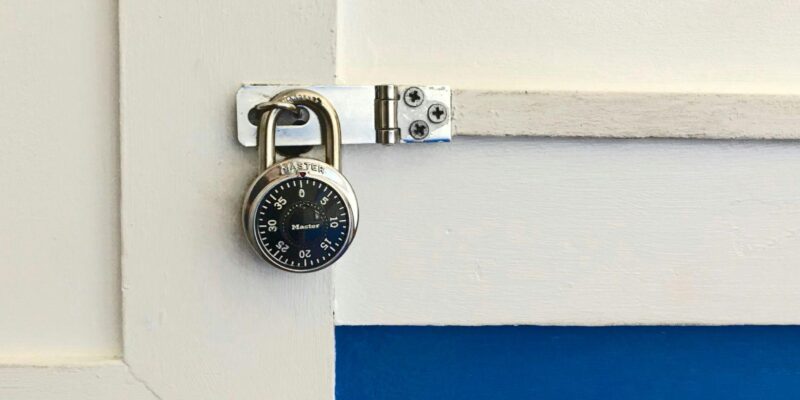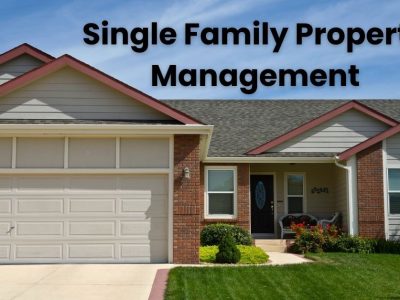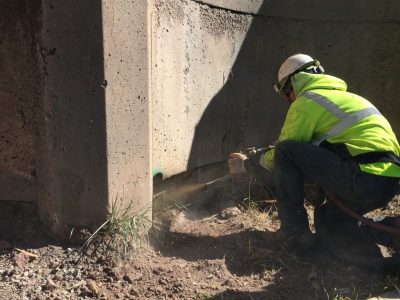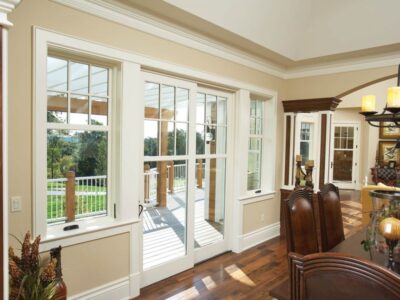Creating a safe and secure home environment is a top priority for every homeowner. Whether you’re looking to safeguard your loved ones or protect your property, there are several strategies you can implement to enhance security. From robust physical barriers to essential maintenance practices, these tips will help you create a haven of safety and peace.
Enhancing Security with Fences
Fences are a fundamental aspect of home security. Installing a sturdy fence around your property can deter potential intruders, providing a clear boundary that signifies private space. Fences come in various materials, such as wood, metal, and vinyl, each offering different levels of security and aesthetic appeal. Regular maintenance of your fence ensures it remains a reliable barrier, enhancing both security and curb appeal.
Moreover, fences are not just about keeping intruders out; they also offer privacy for your family. With the right height and design, a fence can prevent prying eyes from invading your personal space, making your home feel like a true sanctuary. Consider adding a lockable gate for an extra layer of protection.
The Importance of Pipe Insulation
Pipe insulation is often overlooked in home security discussions, yet it plays a crucial role in maintaining a safe environment. Properly insulated pipes prevent them from freezing during winter, reducing the risk of burst pipes and subsequent water damage. This simple measure can save you from costly repairs and potential hazards caused by water leaks.
In addition to preventing water damage, pipe insulation contributes to energy efficiency. By reducing heat loss, it helps maintain a consistent temperature in your home, lowering energy bills. Insulated pipes also reduce the noise of water flow, creating a quieter, more comfortable living space.
Vigilant Monitoring and Surveillance
Vigilant monitoring is essential in creating a secure home environment. Installing security cameras and alarm systems can act as a deterrent to potential intruders and provide peace of mind. Modern surveillance systems offer features like motion detection, night vision, and remote access, allowing you to monitor your property from anywhere.
Regularly updating your surveillance system ensures it remains effective against new threats. Place cameras at strategic points around your property, such as entrances, driveways, and common areas, to cover all angles. Additionally, prominently displaying security system signage can further deter criminal activity.
Lighting: A Bright Idea for Security
Adequate lighting is a simple yet powerful tool in home security. Well-lit exteriors make it difficult for intruders to approach undetected. Motion-sensor lights are particularly effective, as they startle potential trespassers and alert homeowners to unusual activity. Place lights around entry points, walkways, and dark corners to eliminate hiding spots.
In addition to outdoor lighting, consider using timers for indoor lights when you’re away. This creates the illusion that someone is home, deterring burglars. Smart lighting systems can be programmed to mimic your usual routines, adding an extra layer of security.
Community Vigilance and Engagement
Building a strong community network is a valuable strategy in enhancing home security. Neighbors who look out for each other create a safer environment. Participate in neighborhood watch programs and foster good relationships with your neighbors. This collective vigilance can help identify and respond to suspicious activities promptly.
Regular communication with your community can also keep you informed about local crime trends and safety tips. Share information and resources to support each other in maintaining a secure neighborhood. Remember, a connected community is a protected community.
Creating a safe and secure home environment involves a combination of physical barriers, maintenance practices, and community engagement. By implementing these essential tips, you can protect your home and loved ones, ensuring peace of mind and a secure living space.








Comments